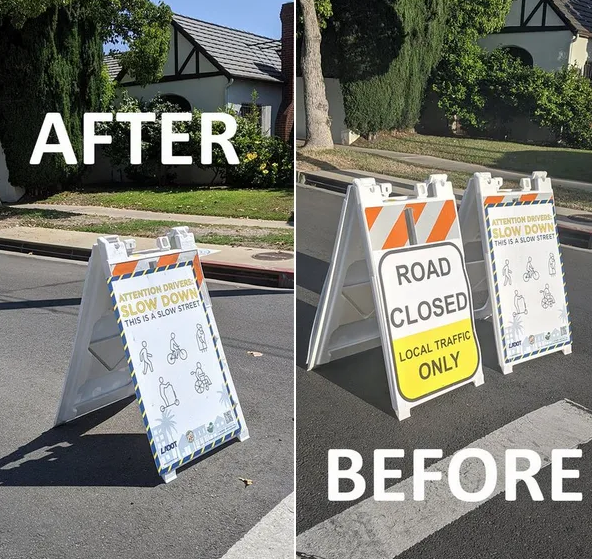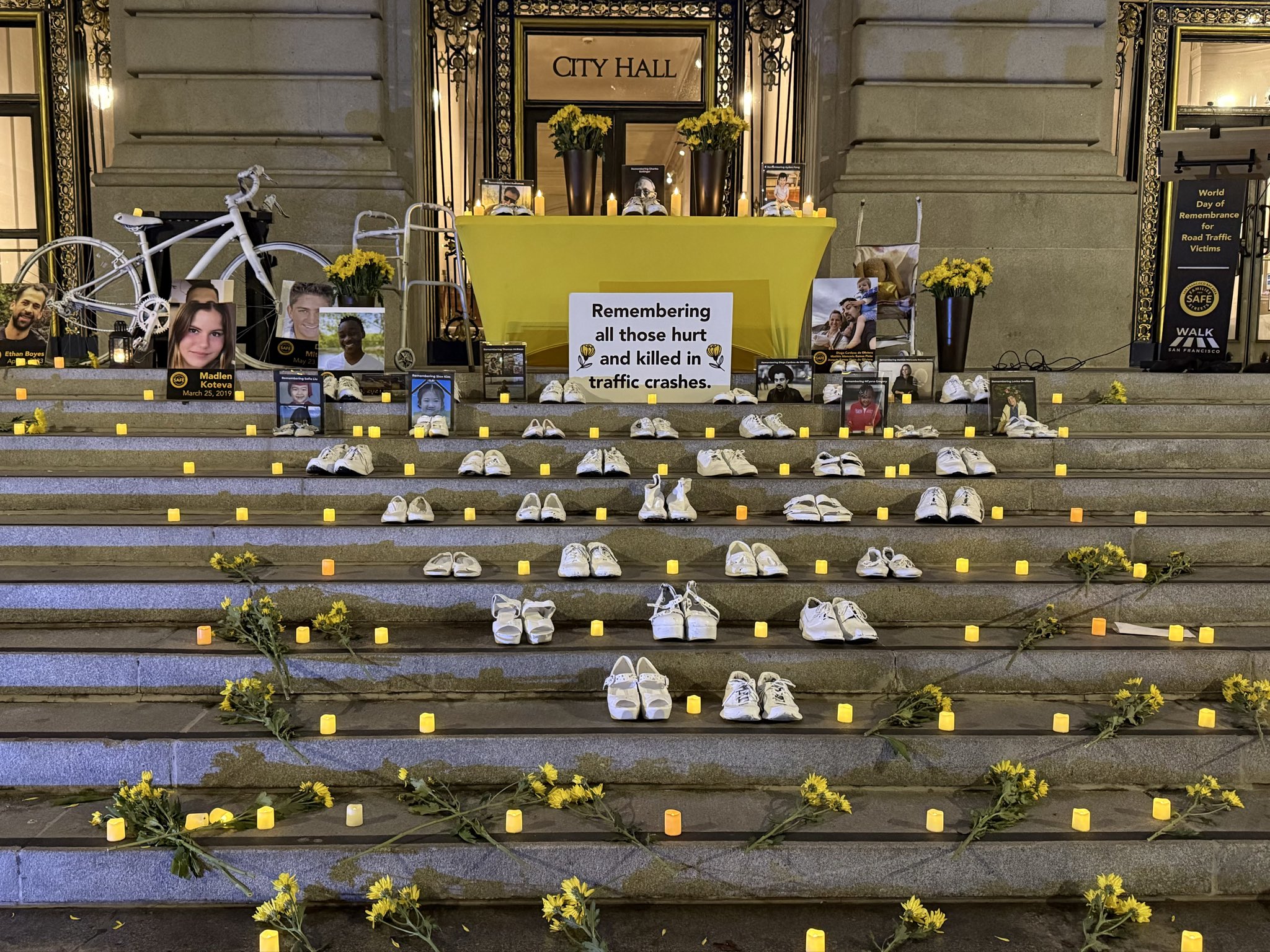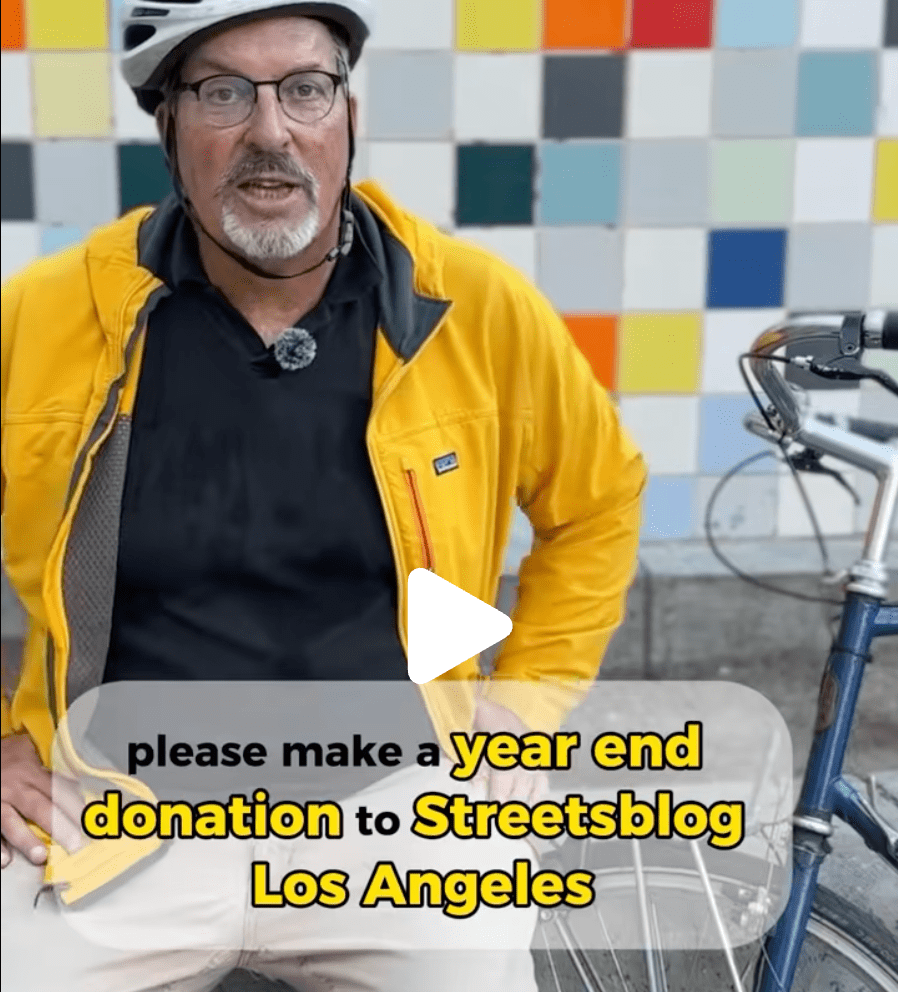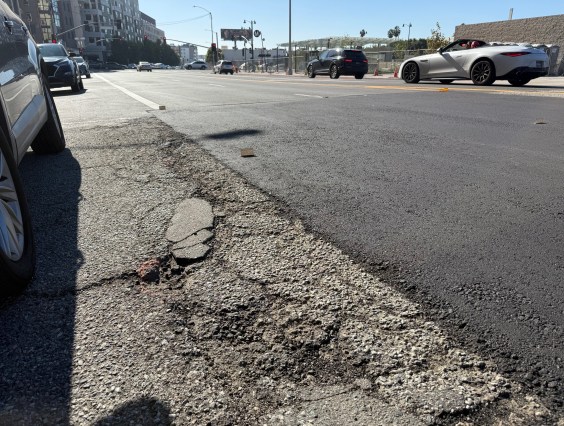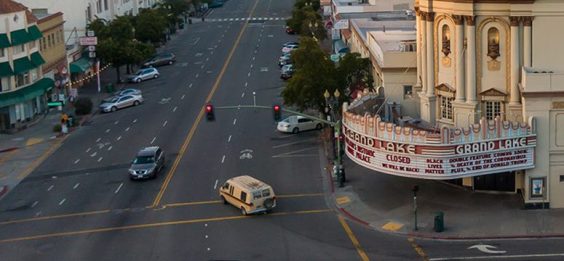Recent changes to the L.A. City Transportation Department (LADOT) COVID-19 Slow Streets program have neighbors asking questions.
The Slow Streets have been a low-key success for many neighborhoods. The program got underway in May, and helped to slow and divert car traffic to allow people space to walk and bike while staying at a distance from each other. LADOT spokesperson Colin Sweeney reports that, as of this weekend, the department will install its 23rd through 25th Slow Streets areas in East Hollywood, Thai Town, and Hollywood (all sponsored by the East Hollywood Neighborhood Council) to bring the total mileage to 42.6 miles.
Some of these sites are working better than others. Generally, southern California Slow Streets have been implemented to minimize impacts to drivers. Similar programs in many other cities (including Oakland Slow Streets and Seattle Stay Healthy Streets) block street entrances, diverting drivers to other routes. LADOT does not actually close off street entrances, but puts up sandwich board barricades with signs reading "road closed to through traffic." The barricades are placed at the street center line so that they don't impede through traffic.
Destination: Pico boardmember Oren Hadar contacted Streetsblog with some concerns about recent changes to his neighborhood's Slow Streets.
In late May, LADOT implemented Slow Streets on Saturn and Packard Streets in the Destination: Pico neighborhood. Hadar reports that the calmer streets were a hit with neighbors. "Long-time residents like that they reduce cut-through traffic," he wrote, and "younger residents like the safer space for biking, running, and walking with their families." Destination: Pico are doing a survey and, so far, 88 percent of respondents said they wanted the Slow Streets made permanent.
Hadar reports that LADOT recently removed some signs from the streets - the signs that say "road closed." Now there is a single sign at every intersection instead of two. Hadar says that these remaining signs "are much less visible to drivers" and that the text on the signs is "more pedestrian-scaled."
Sweeney stated that LADOT has modified the placement and location of barricades and signs for the Slow Streets program, reducing double barricades to single barricades except at the perimeter of each area. Sweeney did provide any justification for the change.
Streets for All founder Michael Schneider, who campaigned for the city to get its Slow Streets program underway, stated that "apparently they had people calling the city complaining that it was illegal to close streets and make them for local traffic only on a semi-permanent basis - due to state law." The state law in question is CVC 21101, which prohibits cities from closing streets except when very specific criteria are met.
Hadar said that Google maps had showed those streets as closed prior to the latest change. Today, that is not the case, though Google directions still appropriately routes drivers around them.
Sweeney states that LADOT shares the maps of Slow Streets locations with mapping app companies, but leaves it up to them as to how to depict them in the apps.
It is unfortunate that these already only marginally effective Slow Streets are being further watered down. Even during COVID-19, L.A. finds it difficult to truly prioritize places for Angelenos to maintain safe and healthy distance while getting around on foot and by bike.
